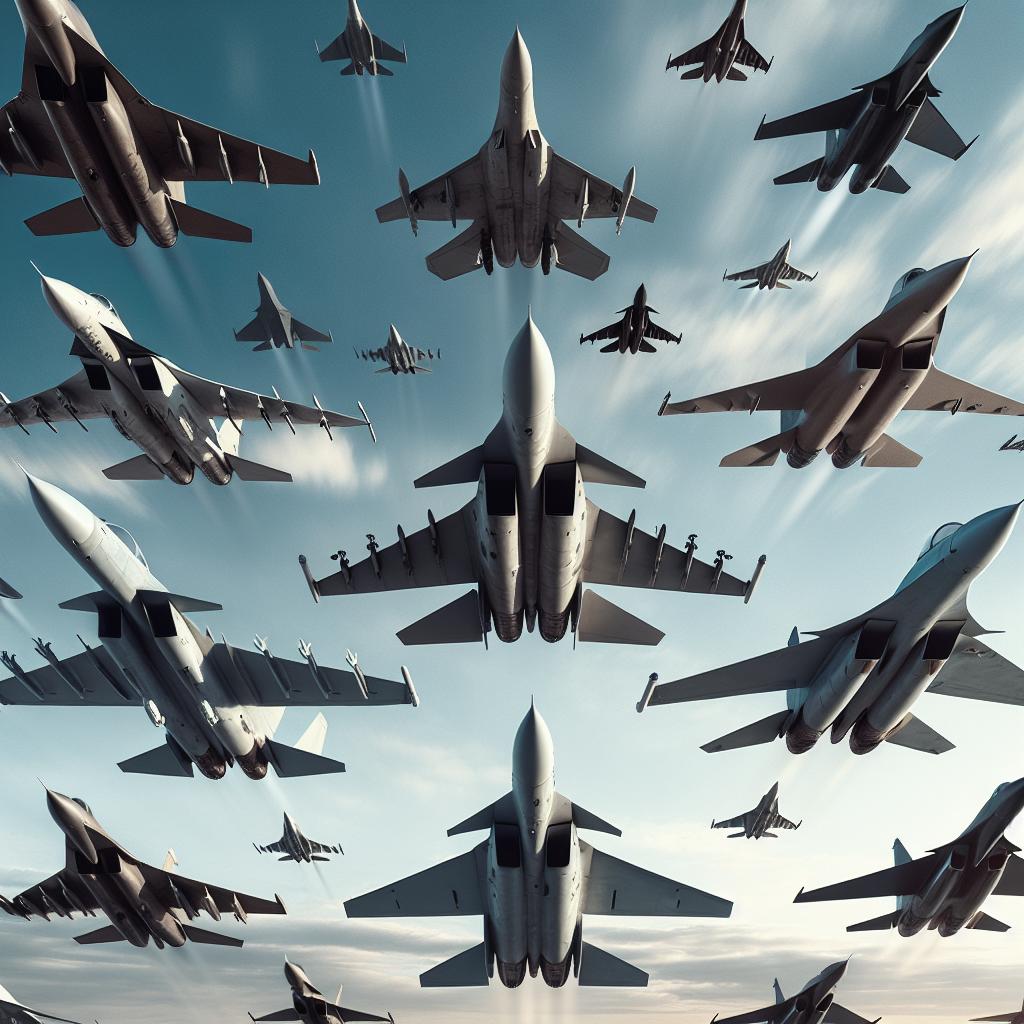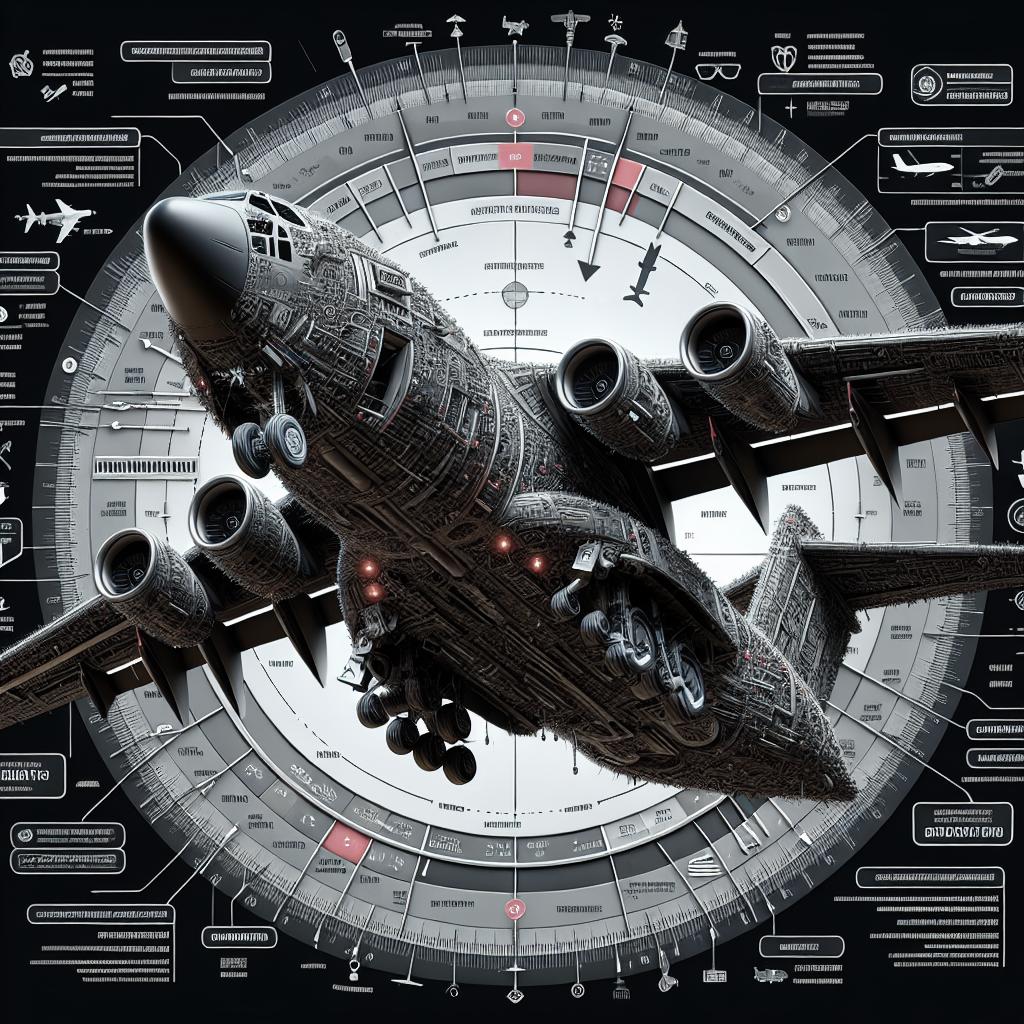The evolution of fighter jets has reshaped airborne combat, defining eras with remarkable technology and engineering prowess. From the earliest jets that revolutionized World War II to today’s stealthy, sophisticated multirole fighters, understanding these aircraft’s histories and capabilities offers a fascinating glimpse into the relentless pursuit of aerial superiority. This blog post explores the significant types of fighter jets, categorized by their eras and roles, presenting an overview of their development, key models, and the emerging trends shaping their future. Dive into the early history, important subcategories, recent advancements, and what lies ahead for these remarkable machines.
Early history
The birth of the jet engine in the early 20th century marked the beginning of revolutionary changes in aerial warfare. The end of World War II saw the debut of the first jet-powered fighter aircraft, the German Messerschmitt Me 262, which demonstrated the concept’s superiority over conventional propeller-driven planes. Although introduced too late to significantly impact the war’s outcome, it set the stage for future developments in military aviation.
Post-WWII, the race for aerial superiority intensified during the Cold War. Nations invested heavily in research and development to push the boundaries of speed, agility, and firepower. The Korean War saw the first major jet-versus-jet engagements, particularly between the Soviet MiG-15 and the American F-86 Sabre. These early jets were primarily designed for air-to-air combat, dominating the skies with their speed and innovative technology.
Subcategories
Fighter jets are categorized based on their roles and capabilities, with the primary subcategories being air superiority fighters, multirole fighters, interceptor aircraft, and bombers. Air superiority fighters like the F-22 Raptor and the Su-27 Flanker are designed to establish control over the battlefield through superior maneuverability, speed, and advanced avionics. These jets often feature stealth technology and can engage targets beyond visual range.
Multirole fighters, such as the F-35 Lightning II and the Dassault Rafale, are versatile platforms that perform various missions, including air-to-air combat, ground attack, and reconnaissance. Interceptor aircraft, like the MiG-31, are optimized for intercepting and destroying enemy aircraft, often at high altitudes and speeds. Meanwhile, bombers like the F-15E Strike Eagle provide ground-attack capabilities, delivering precision strikes with an array of advanced munitions.
Summary
Throughout their evolution, fighter jets have been central to military strategies and defense policies. From the experimental jets of World War II to the sophisticated multirole fighters of today, each generation has seen advancements in speed, stealth, and firepower. The investments in these technologies reflect the critical importance of air dominance in modern warfare.
With continuous advancements, modern fighter jets rely heavily on cutting-edge technology, including powerful radar systems, advanced avionics, and network-centric warfare capabilities. These developments ensure that fighter jets remain a cornerstone of military strategy, ready to handle diverse combat scenarios across the globe.
Trending Now
Today, the focus is on the development of fifth-generation fighters, highlighted by their stealth capabilities, advanced avionics, and superior performance. Aircraft like the F-35 Lightning II and the Russian Su-57 are prominent examples, featuring sophisticated technology that enhances their lethality and survivability in complex environments. These jets represent the cutting edge in current fighter jet design, combining stealth, agility, and multirole capabilities.
Looking forward, the transition to sixth-generation fighters is already underway, promising even more advanced features. Enhanced networked combat environments, artificial intelligence integration, and directed energy weapons are among the expected innovations. These developments aim to surpass existing capabilities, ensuring air superiority well into the future.
Next Steps
| Category | Characteristics | Key Models | Era |
|---|---|---|---|
| Early Jets | First jet-powered aircraft, basic air-to-air combat | Me 262, MiG-15, F-86 Sabre | 1940s-1950s |
| Air Superiority Fighters | Designed for air dominance, superior maneuverability | F-22 Raptor, Su-27 Flanker | 1970s-Present |
| Multirole Fighters | Versatile, capable of various missions | F-35 Lightning II, Dassault Rafale | 1980s-Present |
| Interceptor Aircraft | Optimized for intercept missions, high speed | MiG-31 | 1970s-Present |
| Bombers | Ground-attack capabilities, precision strikes | F-15E Strike Eagle | 1980s-Present |
| Fifth Generation Fighters | Stealth, advanced avionics, superior performance | F-35 Lightning II, Su-57 | 2000s-Present |


